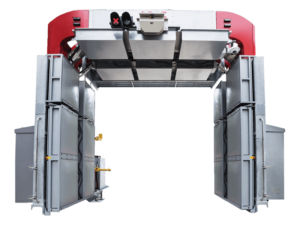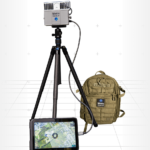
President Trump on Thursday unveiled a new proposal aimed at strengthening border security and modifying immigration laws, calling for 100 percent scanning of all people and goods entering the U.S. at ports of entry (POE). “Investment in technology will ensure we can scan 100 percent of everything coming through, curbing the flow of drugs and contraband, while speeding up legal trade and commerce,” the president said in remarks at the White House. “We scan only a small fraction of the…

 By
By 











